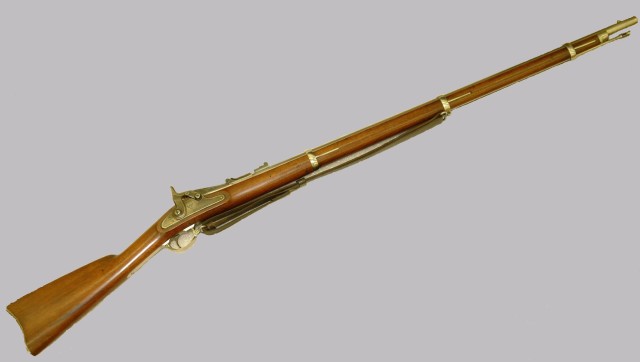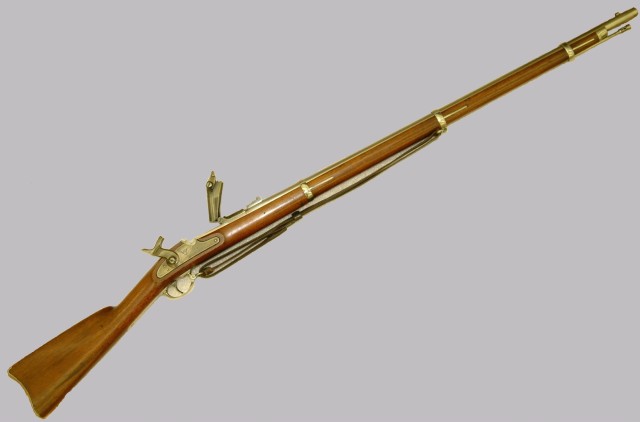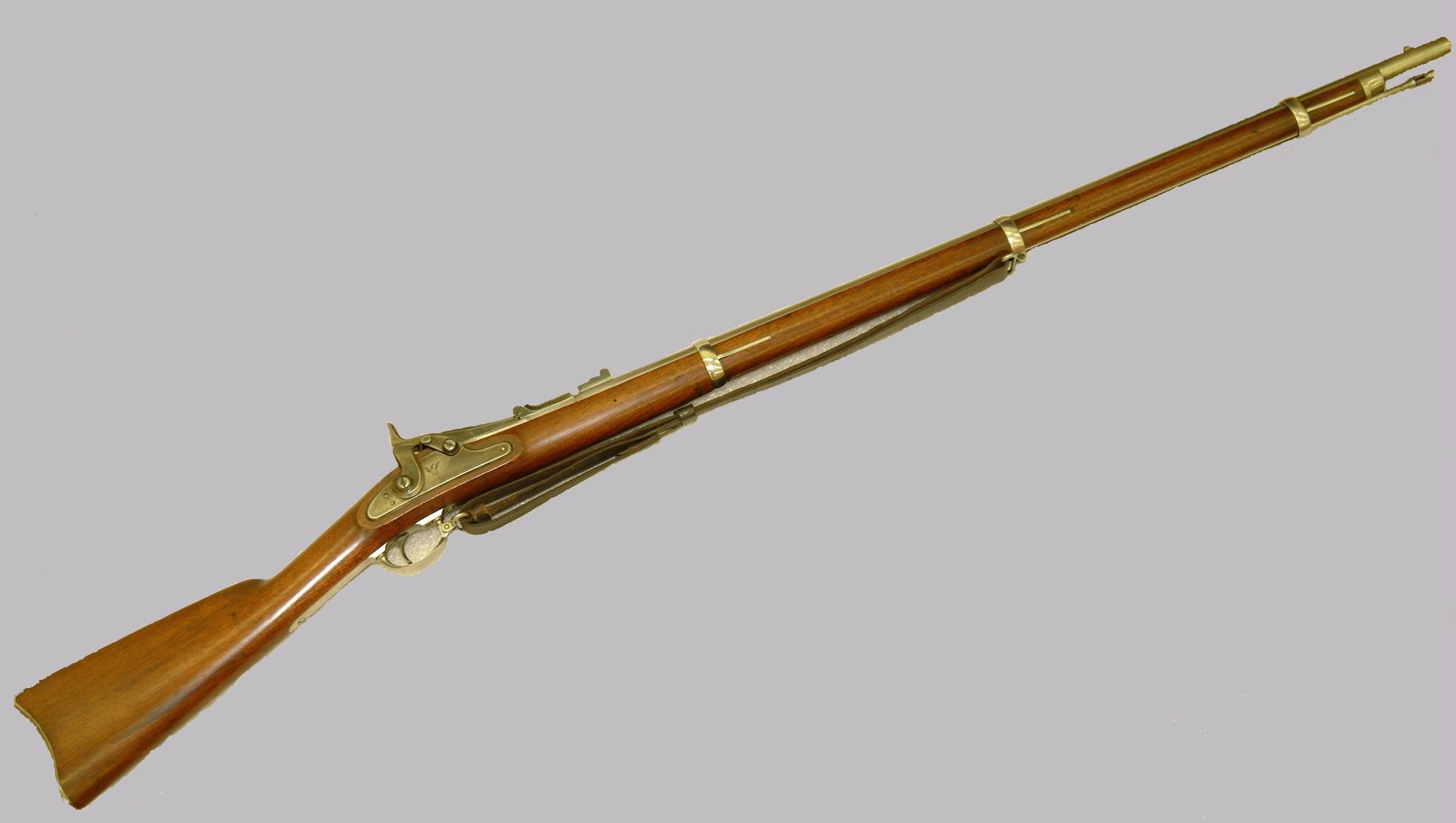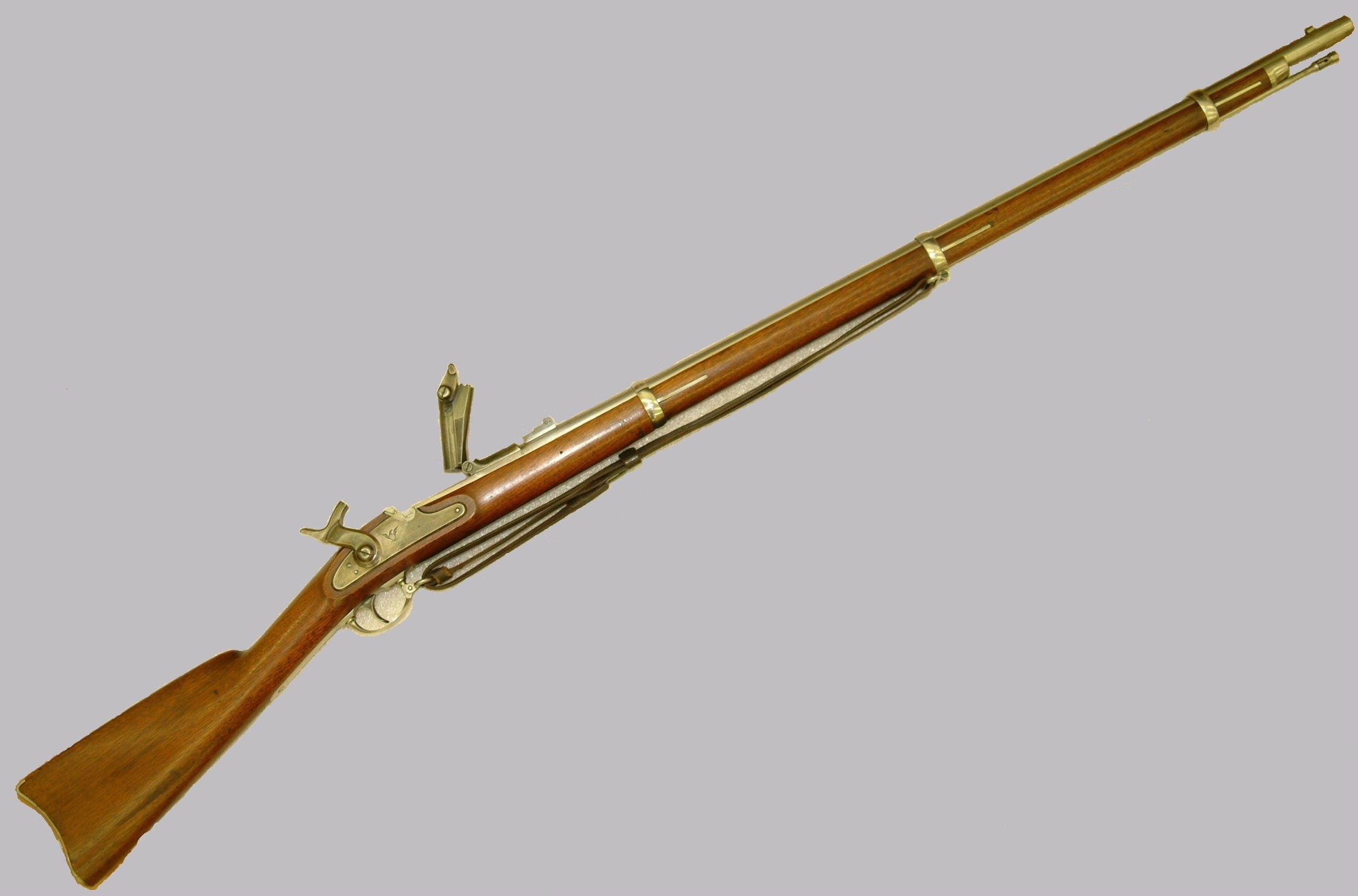With the end of the Civil War in 1865, the American people soon returned to settling the Western Territories. Even while the war raged, the lure of gold and other natural resources enticed a number of hardy prospectors to risk conflict with the Native Americans by pressing into their territory. Seeking a direct route to Virginia City in 1863, scouts John Bozeman and John Jacobs opened the Bozeman Trail. Originating along the North Platte River in present-day Wyoming, the trail runs north-northwest into Montana. Using the trail, miners and settlers traveled directly through the lands of the Sioux nation, touching off a series of bloody engagements.
After the Civil War, the Federal Army of over one million men under arms was rapidly demobilized. The entire Army of the late 1860s numbered roughly 56,000 men. About half of that number served on garrison duty in the South overseeing the policy of Reconstruction. Other forces guarded the Rio Grande frontier and the coasts. The remaining troops had to police the hostile surroundings of the American West. The Army would garrison the great expanse of the Bozeman trail with small detachments that could easily be overwhelmed by large parties of Indian warriors. One attack overcame a party of 82 soldiers led by Captain William J. Fetterman outside of Fort Phil Kearny on the Powder River on December 21, 1866. The Indians waited until the soldiers had fired their muzzle-loading muskets. They then attacked while the soldiers were reloading their weapons. The result became known as Aca,!A"the Fetterman Massacre.Aca,!A?
The situation became increasingly desperate as more pioneers pressed the limits of the militaryAca,!a,,cs resources to protect them. Help arrived in the spring of 1867 in the form of new technology. Master Armorer Erskine S. Allin of the Springfield Arsenal, Massachusetts, had developed a process to convert the old Springfield muzzle-loading musket into an efficient single shot breech- loading rifle. By May of 1867, 1,000 of the converted rifles, popularly known as the Second Model Allin Conversion, were in the hands of eight Army regiments serving in the West. The 27th Infantry stationed at Fort Phil Kearny was issued 195 of the rifles. The new rifles were tested in combat on August 1, 1867. A party of over 500 Indian warriors attacked a work party guarded by 20 enlisted men and one officer of the 27th Infantry outside Fort C.F. Smith, Montana Territory. The men of the 27th repulsed several charges made on their position with a rate of fire that was three times faster than with the muzzle-loading rifles.
The following day father south along the Bozeman Trail, 1,000 Indians attacked a wood-cutting detail of 2 officers and 26 enlisted men of the 27th Infantry out of Fort Phil Kearny. The soldiers made a hasty defensive position by turning the wooden box bodies of their transport wagons into a crude fort. Engaged for over four hours and suffering only 6 killed and 2 wounded, the little band of soldiers armed with the new breechloader killed over 180 Sioux warriors. Now known as the Wagon Box Fight, the engagement illustrates the concept articulated by the late military historian Russell F. Weigley in his seminal work entitled The Age of Battles. He recognized this intersection of technology and tactics which allows for a temporary advantage in the search for decisive victory on the battlefield.
Related Links:
Indian Wars: North and Central U.S.: DEPARTMENT OF THE PLATTE








Social Sharing